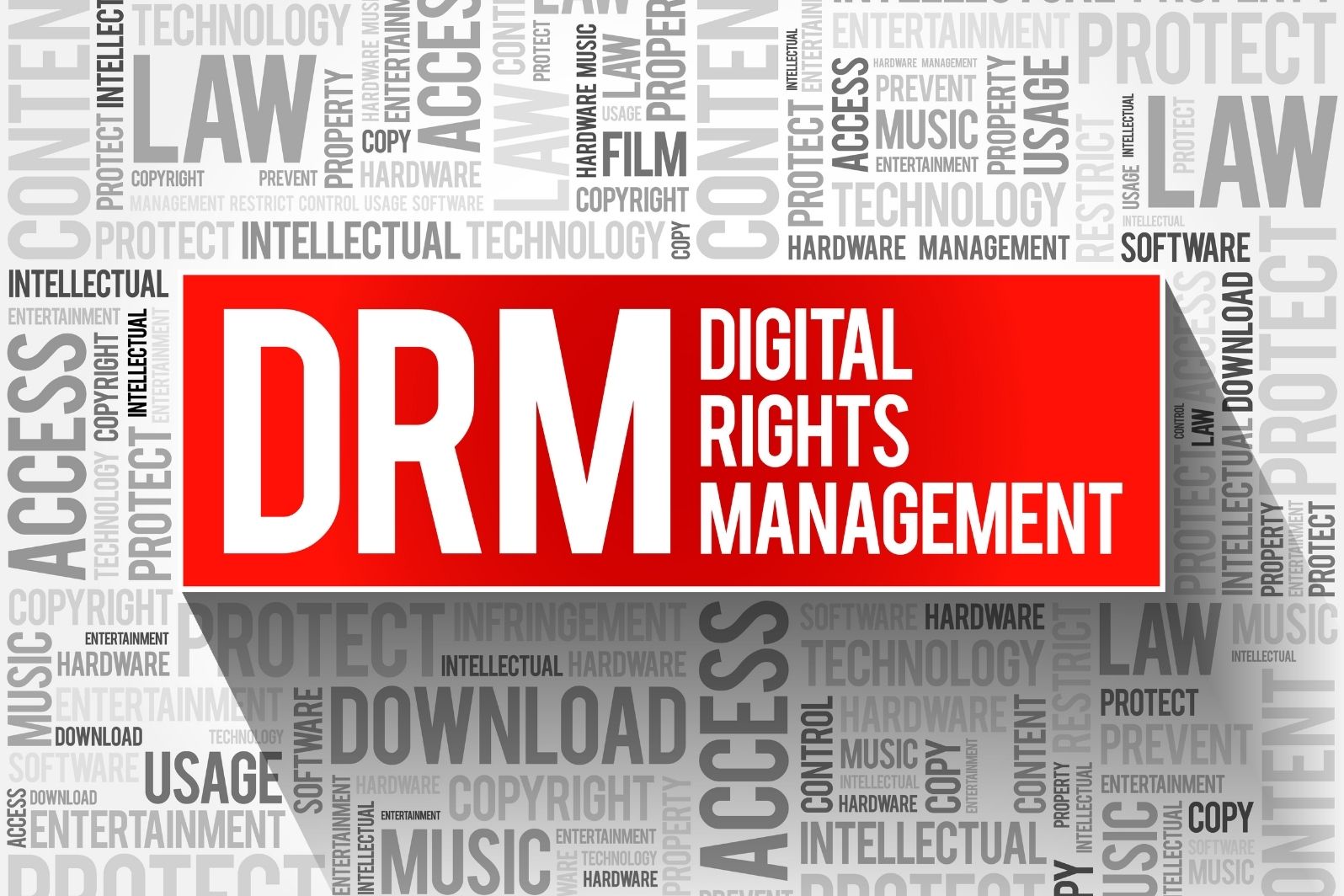With the proliferation of streaming services, online platforms, and social media, videos are constantly being shared and consumed. While this ease of access is a boon for both creators and consumers, it also raises concerns about content security and piracy. This is where Video Digital Rights Management (DRM) comes into play, offering creators and distributors the tools to protect their intellectual property. In this comprehensive guide, we will delve into the world of Video DRM, exploring its significance, challenges, and the various solutions available to safeguard your content.
Table of Contents
Understanding Video DRM
Video DRM, or Video Digital Rights Management, is a technology that empowers content owners, creators, and distributors to control how their video content is accessed and used. DRM serves a crucial role in preserving intellectual property rights, preventing unauthorized copying, and ensuring that content is only accessible to those with proper authorization.
Key Components of Video DRM:
1. Encryption: DRM solutions encrypt video files to make them indecipherable without the proper decryption key. This ensures that even if a video is intercepted, it cannot be viewed without the necessary permissions.
2. Access Control: DRM systems enforce strict access control by verifying the identity and permissions of users or devices before allowing them to view or download the content.
3. Watermarking: Some DRM solutions include watermarking to deter content theft. Watermarks are imperceptible marks embedded in the video that can identify the source of any unauthorized copies.
4. License Management: DRM systems issue and manage licenses for content consumption. These licenses specify the terms of use and can be revoked or expired as needed.
The Significance of Video DRM
Video DRM offers several important benefits to content owners and creators:
1. Protecting Intellectual Property: DRM helps protect the intellectual property of content creators, preventing unauthorized distribution and piracy.
2. Monetization: Content creators can monetize their videos by controlling how they are accessed. This includes options like pay-per-view, subscriptions, or rentals.
3. Flexible Distribution: DRM allows content owners to control how, when, and where their content is distributed, making it ideal for exclusive releases or regional restrictions.
4. Analytics and Insights: DRM systems often include analytics tools that provide valuable insights into content consumption, helping creators understand their audience better.
Challenges of Video DRM
While Video DRM is essential for protecting content, it also presents some challenges:
1. User Experience: Overly restrictive DRM implementations can frustrate users, leading to a poor user experience. Striking the right balance between security and usability is crucial.
2. Compatibility: DRM may not be universally supported by all devices and platforms, which can limit the reach of protected content.
3. Cost: Implementing DRM can be costly, especially for small content creators or startups. Finding affordable solutions without compromising security is a challenge.
Video DRM Solutions
Several Video DRM solutions are available, each with its own features and capabilities. Here are some of the most widely used options:
1. Widevine: Developed by Google, Widevine is a popular DRM solution used by many streaming services. It offers various security levels and is compatible with a wide range of devices.
2. PlayReady: Developed by Microsoft, PlayReady is another widely adopted DRM system known for its compatibility with various platforms and devices.
3. FairPlay: Apple’s FairPlay is specifically designed for iOS and macOS devices, ensuring secure content delivery on Apple’s ecosystem.
4. Adobe Primetime: Adobe’s Primetime DRM is designed for protecting video content across a variety of devices and platforms.
5. Verimatrix: Verimatrix offers a comprehensive set of security solutions, including watermarking, access control, and analytics.
6. ExpressPlay: ExpressPlay is a cloud-based DRM service that offers a cost-effective solution for content protection.
Implementing Video DRM
Implementing Video DRM involves several steps:
1. Choose the Right DRM Solution: Select a DRM system that aligns with your content’s distribution strategy and audience.
2. Integrate DRM into Your Content: Implement DRM protection by encrypting your video content and managing licenses.
3. Specify Usage Policies: Define the usage policies for your content, including access control, licensing terms, and pricing.
4. Test and Monitor: Thoroughly test your DRM implementation and continuously monitor it for any security breaches or issues.
5. User Support: Ensure your users have access to appropriate support and information regarding DRM-protected content.
Conclusion
Video DRM is a critical tool for content owners and creators. It not only protects intellectual property but also enables monetization and flexible distribution. However, it comes with its set of challenges, and choosing the right DRM solution is essential to balance security and user experience. By understanding the significance of Video DRM, the challenges it poses, and the available solutions, content creators and distributors can safeguard their intellectual property in the ever-evolving digital landscape. With the right DRM strategy, you can protect your content, engage your audience, and thrive in the digital age


